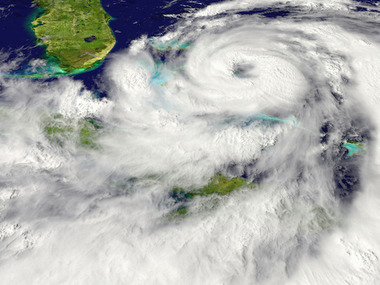Hurricane Season 2014

It’s Hurricane Season not only pilots need to
know more about hurricanes, all people need to be prepare protecting the home
inside and out: and follow all tips for hurricane season.
So, following a season with the fewest number
of hurricanes since 1982, the 2014 Atlantic hurricane season is expected to
follow up.
What is a hurricane? A hurricane is a severe tropical
storm that forms in the Southern Atlantic Ocean, and Caribbean Sea, Gulf of
Mexico, or in the Eastern Pacific Ocean too.
Hurricanes need warm tropical oceans, moisture and
light winds above them which produce violent winds, incredible waves,
torrential rains and floods.
Hurricanes rotate in a counterclockwise
direction around an eye. In a hurricane the most violent winds occur in the
area immediately around the eye, called the eye wall.
What is a Storm Surge?
A storm surge is a massive
dome of water often 50 miles wide that sweeps across the coast near the area
where the eye of the hurricane makes landfall.
What is Tornadoes? Most hurricanes also include
tornadoes. So, 70% of hurricanes that hit land spawn at least one tornado.
Storm Alerts:
Tropical Storm Watch: Winds 39 to 73 mph, may hit coastal
area within 36 hours.
Tropical Storm
Warning: Winds 39
to 73 mph, may hit a specific coastal area within 24 hours.
Hurricane Watch: Winds 74 mph or higher, may hit
coastal area within 36 hours.
Hurricane Warning: Winds 74 mph, or higher, hit
specific area within 24 hours, storm either direct hit, or passing blow.
Hurricane Categories:
CATEGORY 1: Winds 74-95 mph, storm surge 3.5 ft.
CATEGORY 2: Winds 96-110 mph, storm surge 6-8 ft.
CATEGORY 3: Winds 111-130 mph, storm surge 9-12 ft.
CATEGORY 4: Winds 131-155 mph, storm surge 13-18
ft.
CATEGORY 5: Winds 156 or higher, storm surge 19
ft. plus.
Providing tips for hurricane season not only
helps keep pilots safe and people, but it can also help aviation safety. Always
taking the proper precautions, collecting emergency supplies and creating a
family evacuation plan in your home too. Safety is everybody’s business.